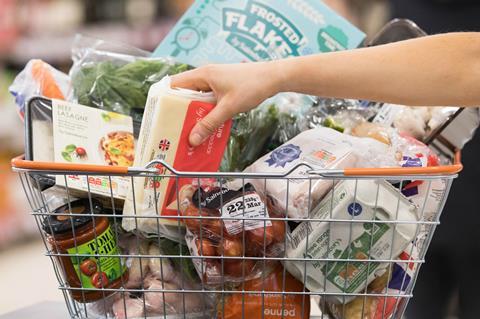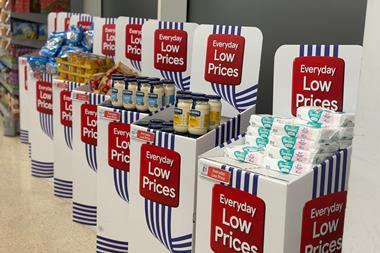
This will be the first Christmas with HFSS legislation in force. The limits on display promotions mean it will be more challenging to maintain the same seasonal margin boosts as in previous years, when items like confectionery and crisps could sit on aisle ends. So how can retailers adapt to keep sales buoyant?
New promotions
Retailers can no longer simply reuse past display strategies. However, they can come up with new ones, based on historical information and data models.
This analysis also needs to evaluate not only which products drove the most margin when promoted, but also whether these promotions brought in new shoppers, increased basket size, or led key shopper segments to buy other items either in the same category or elsewhere in the store.
For example, this could be useful for planning promotions of Christmas bakery items. The traditional assortment of baked goods could be promoted in an HFSS-compliant way, alongside more prominent promotions on ingredients that appeal to home bakers. Instead of promoting an HFSS festive biscuit, for example, supermarkets could promote its ingredients for shoppers to bake at home instead.
Loyalty data
Loyalty card schemes generate invaluable customer information that will be key to usefully leveraging data in the new HFSS era.
These programmes allow retailers to get granular details about individual shopper transactions and sales history, including channel preferences by item, to gain insights on which products shoppers turn to when their favourites aren’t in stock or on promotion. As always with data analysis, having the data is only half the journey. Therefore, retailers also need to realise that every store serves various customer types and that clustering, or segmenting, them into groups with similar characteristics is crucial to making the right choices on a store level.
As grocers prepare for the year end and future seasonal events under HFSS, odds are they will look at loyalty data to evaluate which seasonal items sold well in the past and which ones didn’t, and adjust the upcoming season’s orders accordingly. This will help retailers decide how to best target shoppers in new ways.
They might, for example, choose to reduce the number of mince pies or Christmas cakes they stock, and instead focus on healthier alternatives or ones made using healthier ingredients.
Store and floor planning
Non-promotional shelf space will also become key for retailers. It will be vital to reassess assortments and allocations to minimise sales impact from lost display opportunities.
Again, decisions about store and floor planning should be led by data. Where have products been placed previously to maximise sales performance while shoppers are browsing? Which healthier alternatives will perform well at an endcap or at checkout?
One way to use this data is by conducting clustering analyses of relevant product categories. For instance, some categories may not drive growth even though they are heavily promoted.
Another thing to look at is the space available. Looking at the length of shelves across various stores, for example, retailers may find those with shorter shelves need to be optimised more surgically than stores with longer shelves, which could carry a full assortment of products.
Whether it’s through targeting customers differently or approaching merchandising differently, reaching Christmas shoppers will undoubtedly look different this year than in previous years. But it need not mean lost sales.



















No comments yet